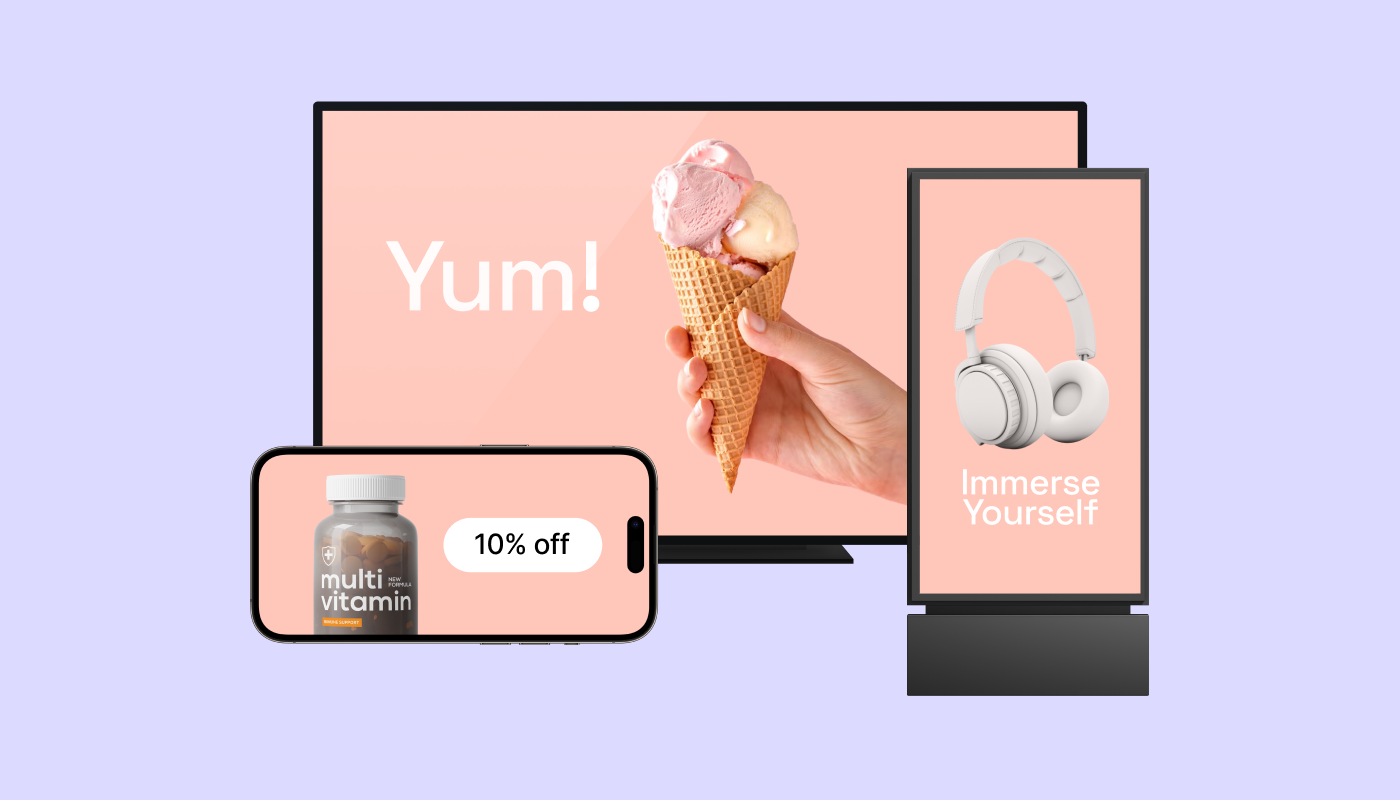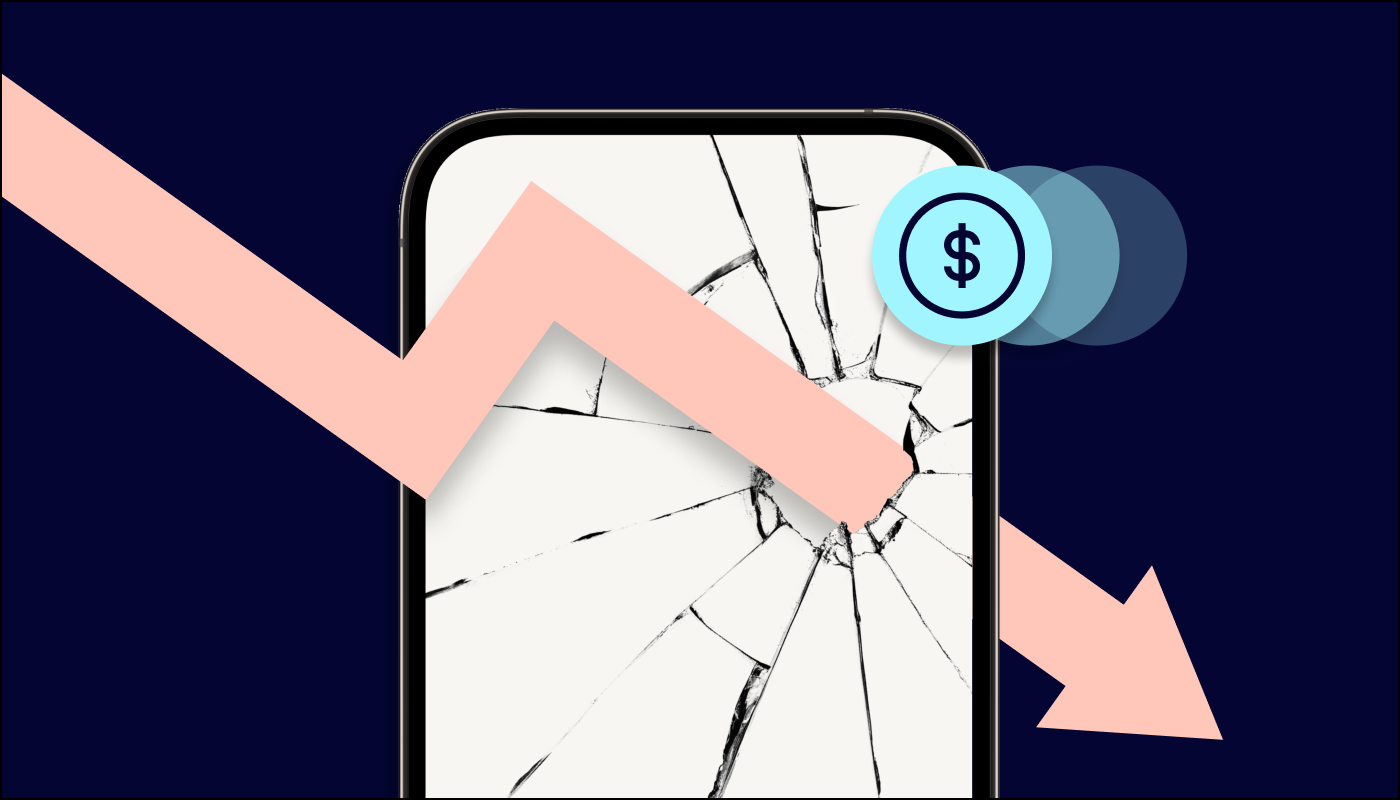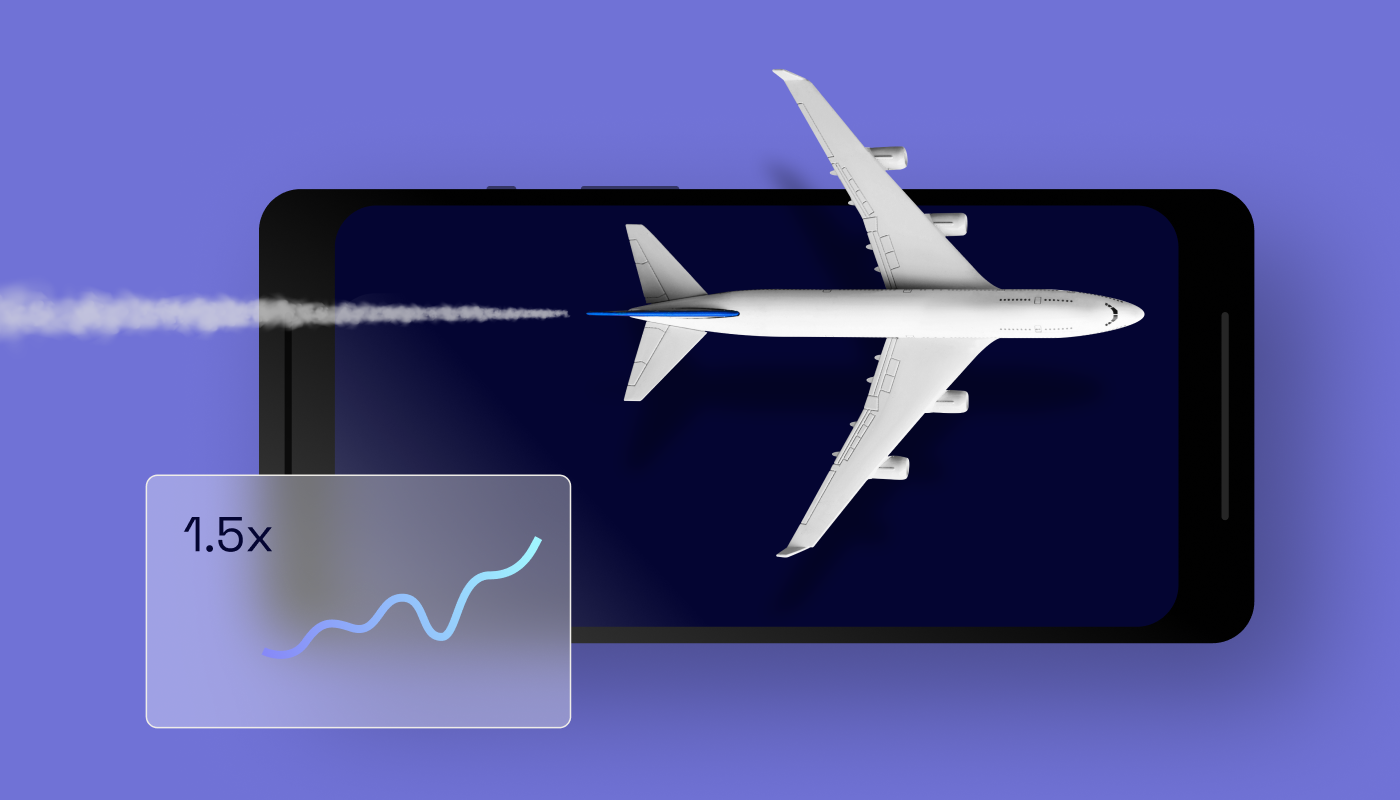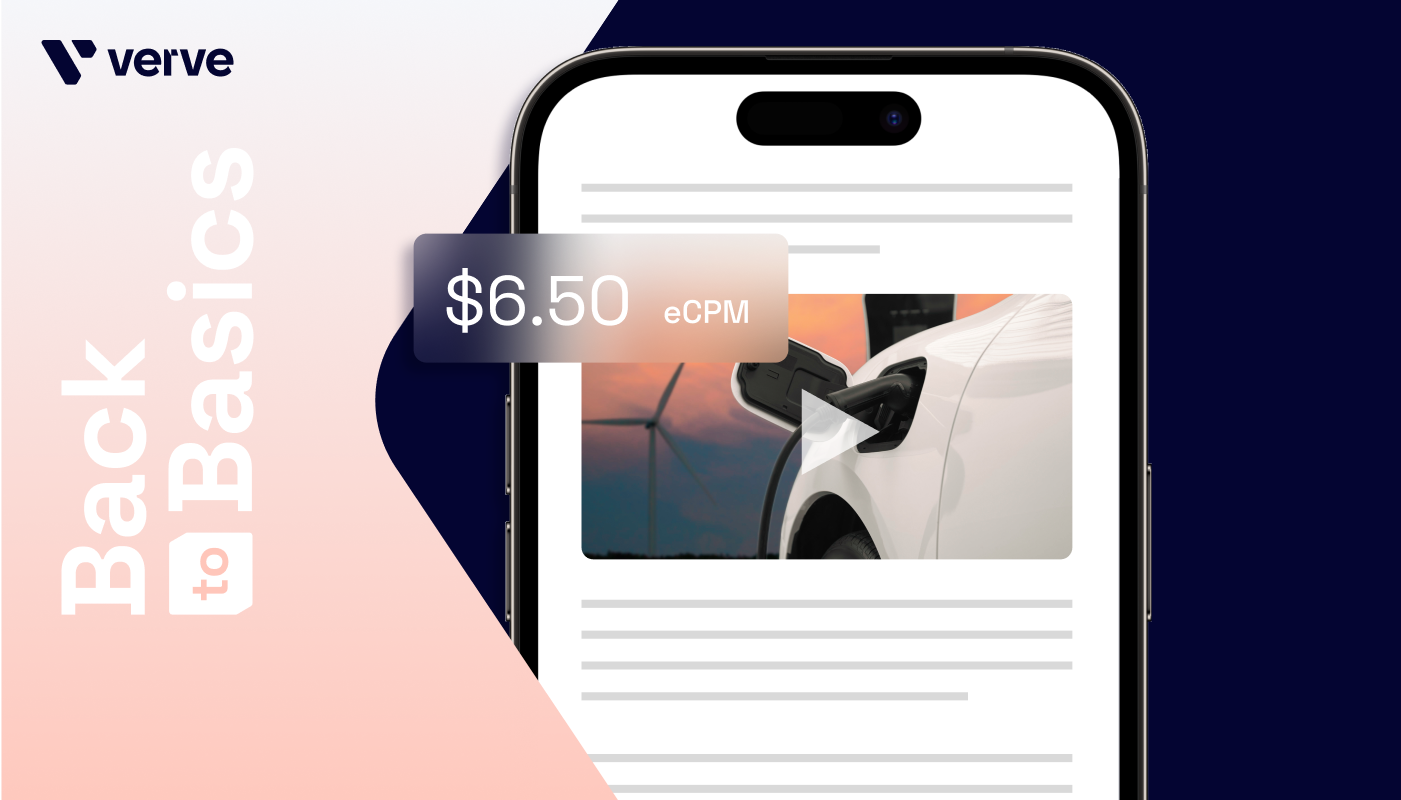Welcome to our latest blog series, 2022 Trends in Programmatic Advertising. We’re meeting with industry experts and thought leaders to bring you insights on what’s ahead for 2022, and what’s shaking up the programmatic landscape.
Heading into the new year, it’s time for programmatically executed digital out-of-home (DOOH) media transactions to tick new checkboxes for both publishers and advertisers. We speak with Alp Ayhan, Consultant at Verve and CEO at Awarion (a programmatic out-of-home company). In this next installment of our blog series, Alp gives us his take on what it will take to make a splash on out-of-home displays in 2022.
Which DOOH trends will be worth following in 2022?
One area that programmatic digital out-of-home (PDOOH) advertisers need to better utilize in 2022 is data. There are endless options here for creativity. Using a million data points is fine to decide the perfect moment to buy ad space on an outdoor screen, but if you’re doing all of this to show the only JPG image attached to your campaign, you’re effectively falling at the last hurdle. Using social media posts, tomorrow’s weather forecast, real-time navigation times, live streams, and many other variables in your creative will make for more interesting, engaging experiences. It’s time for advertisers to demand this of their PDOOH tech partners in 2022.
What’s also clear is that international advertisers who run their planning and buying from a central hub can knock down cultural and language barriers to execute buys overseas with ease. This will be an especially important factor in 2022. DOOH is a medium that is indispensable for big brands, especially for those attempting to build a reputation. If an advertiser is entering a new market, OOH and DOOH have to be a part of that media plan.
That said, buying traditional DOOH ad space won’t be as straightforward as running a campaign on Instagram or Google via an online interface. An advertiser would have to work with an international agency, who would bring in another agency in the target market. Add to this the requirement of bulk, packaged buys, and it could become a daunting and expensive experience for brands.
Luckily, there is an easier solution for these buyers. PDOOH offers more flexibility and democratization. Off-the-shelf rates can be used with little time consuming interaction to get a rough campaign plan together. Using common units to plan campaigns, filtering through industry standard categories of screens, and seeing images of screens beforehand is all possible through PDOOH, all of which are key benefits for overseas advertisers.
Will the global pandemic (continue to) impact DOOH in 2022?
Coming out of the dark lockdown periods, publishers and PDOOH technology partners are emerging with strengthened relationships. There are now multiple routes to buying the same air time on the same screen, so PDOOH SSPs need to offer more to attract spend through their pipelines. Triggers packaged with media and creative services are some areas they could tap into.
Publishers are now in need of tools, or middleware, to manage multiple PDOOH partners, and keep their inventory well presented in all partners. Updating packages, prices, images, screen metadata requires resources, and should (preferably) only need to be done once. With that in mind, publishers should look to make use of middleware, whether it is offered by one of their partners or custom-built.
On the other end of the chain, multi-channel DSPs need to live up to their promise and become cross-channel, with the ability to interconnect buys through multiple mediums for their clients. A brand shouldn’t be using a DSP out of obligation but out of preference.
For an advertiser, the pinnacle of PDOOH set-up optimization would be supply path optimization. There are opportunities here that both demand-side platforms (DSPs) and supply-side platforms (SSPs) need to be prepared for. Full-stack platforms have an edge in this regard and could offer end-to-end services to advertisers.
Brands and agencies need to adapt too. Siloed media teams planning their spend without any knowledge of each other will ultimately result in PDOOH being given the “hot potato” treatment. If brands align within themselves on who owns this channel, and set expectations for their agency to adapt, this can result in more sustained growth of this channel. We’re already seeing agencies own the PDOOH space, setting up dedicated teams that sit within an arm’s length to the traditional OOH buying and digital teams, so this is good progress.
Stay tuned for more expert insights over the coming days on what 2022 has in store!








